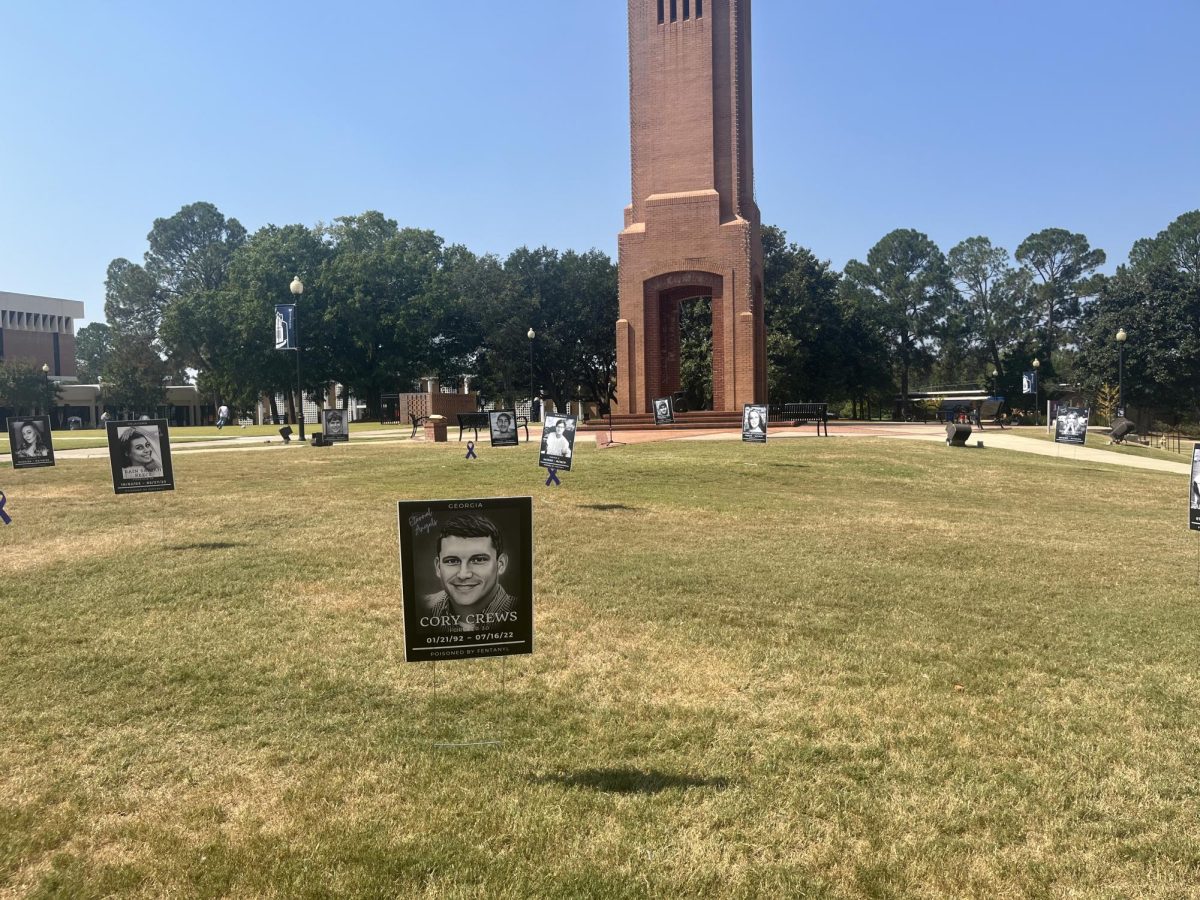A Brief Explanation
Written by Damaris Chavira, Reporter
Photo by CSU
House Bill 673, commonly known as the “hands-free law,” came into effect on July 1, 2018. Its purpose is to decrease the number of vehicular deaths and injuries due to distracted driving. The hands-free law clarifies what is considered “distracted driving,” which is the practice of driving a vehicle while engaged in another activity, such as using an electronic device.
What is the Hands-Free Law?
The hands-free law prohibits the use of a cellular device, and other devices, while operating a vehicle. It states that the driver may not use any part of the body to hold or support a wireless communications device or computer while driving. However, it does not prohibit voice-based communication through earpieces, headphones, or wrist-worn devices. Voice conversion to text is allowed, though the driver cannot touch or look at the device while on the road.
The driver cannot write, send, or read information or messages. This does not include a mechanism or application that reads out loud or sends text through voice command. The driver also cannot watch videos while driving via applications such as Skype, Facetime, or Snapchat, though navigation apps such as Google Maps are permitted.
What is prohibited?
Wireless telecommunications devices are prohibited while driving a vehicle. These items include but are not limited to:
- Cell phones
- Portable telephones
- Text messaging devices
- Personal assistance devices
What is permitted?
These devices are permitted for use inside a moving vehicle:
- Radios
- Citizens band radios
- Commercial two-way radios
- Subscription-based communication devices
- In-vehicle navigation and diagnostics systems
- Prescribed medical devices
A cellphone or other wireless telecommunication device may be used inside a vehicle if it is lawfully parked and off. If the vehicle is not lawfully parked, then the driver can be issued a warning or citation if approached by an officer. Cell phone use is also permitted in emergency situations, such as when reporting a traffic accident, medical emergency, fire, crime, or a hazardous road condition.
What are the penalties?
The penalties for a citation are as follows:
- The first offense incurs a $50 fine, and a point is marked against the driver on their driving record.
- The second offense within a 24-month period incurs a $100 fine and two points against their record.
- The third and any following offense(s) within a 24-month period incurs a $150 fine and three points against their record.
If a driver accumulates 15 points for any violation on their license in a 24-month period, it will be suspended.
How will it be enforced on campus?
The CSU Police Department is a state-certified law enforcement agency and is required to follow state law. Officer Stanelle, interviewed on the specifics of the hands-free law, stated reassuringly that “our objective is to keep everybody safe.” He continued to say that any laws designed to help keep students safe and prevent accidents would be upheld.
He further elaborated with, “if that’s by stopping vehicles and getting the word across…by issuing some citations, we want to do everything we can to help make sure the message is properly received and…that the campus has a clear understanding of the new law.”
Officers, upon seeing a student or citizen using a wireless telecommunications device while operating a vehicle, will approach the driver. However, it is up to the officer on duty whether he or she will issue a citation. Drivers can be issued citations or summons when pulled over.
“It’s about using good judgement,” Officer Stanelle said about exceptions for cell phone use when driving. “If there is a need for somebody to be on the phone, the law covers that.”




















